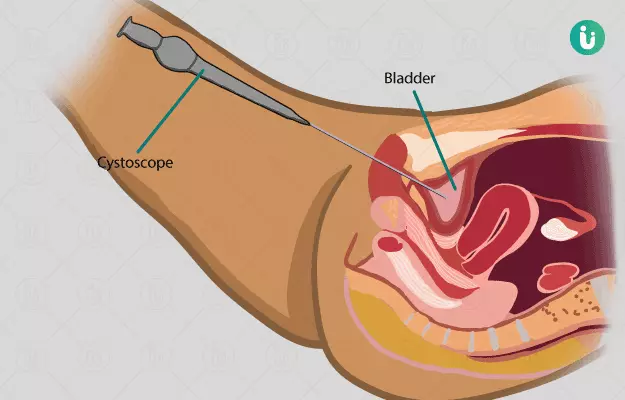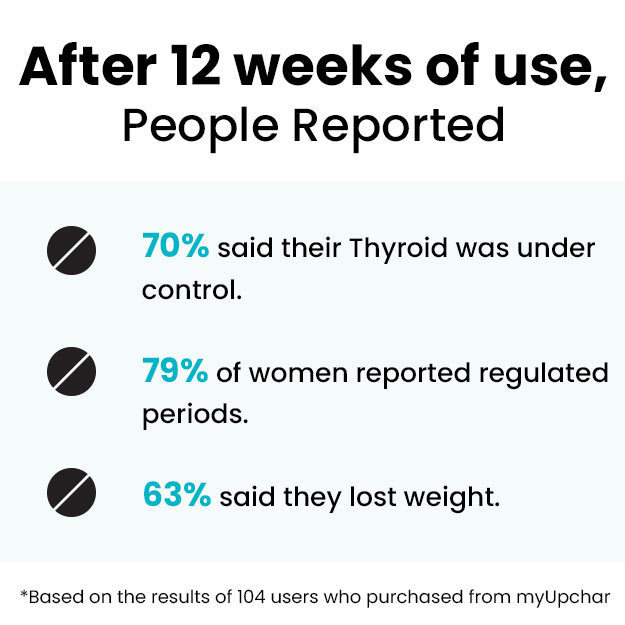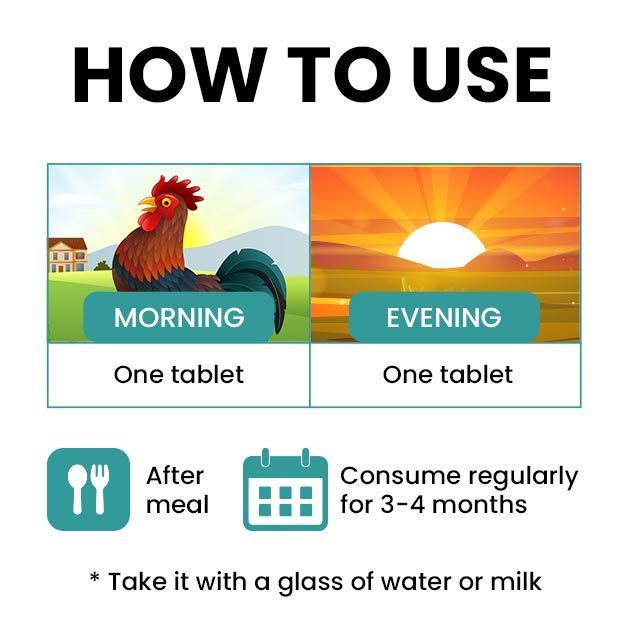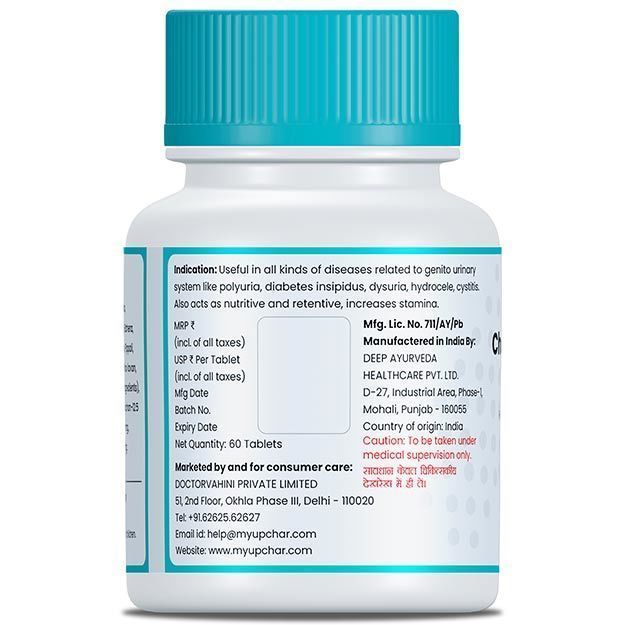Summary
You might have heard your doctor asking you to undergo certain tests, such as X-rays, blood tests or urine tests in case you have any problems with your bladder or urethra (the tube that carries urine out of your body). But in some cases, when the doctor wants to see the inside of your bladder, he/she will advise you to undergo a procedure called cystoscopy. There are two types of cystoscopy - flexible and rigid. In both these types, a thin tube with an attached camera and light is passed into your bladder but they are done a bit differently. Before the surgery, the doctor may advise you to undergo a urine test and prescribe you certain antibiotics to prevent or treat infections. Be sure to clear all your procedure-related queries. After the procedure, you can leave the hospital on the same day in the case of a flexible cystoscopy while after a rigid cystoscopy, you have to stay in the recovery room until the effect of the numbing agent wears off completely. A few complications may arise after the procedure, such as swelling, blood in urine, mild discomfort in your lower belly and so on. However, these persist only for a day or two and resolve on their own. Serious complications like damage to the bladder and urinary tract infections may occur in rare cases. Keep your health on a good track by eating healthy food and by exercising regularly, taking walks and cycling. Be in contact with the doctor after the procedure as the doctor will discuss the results of cystoscopy. Keep reading further to learn more about cystoscopy.






































